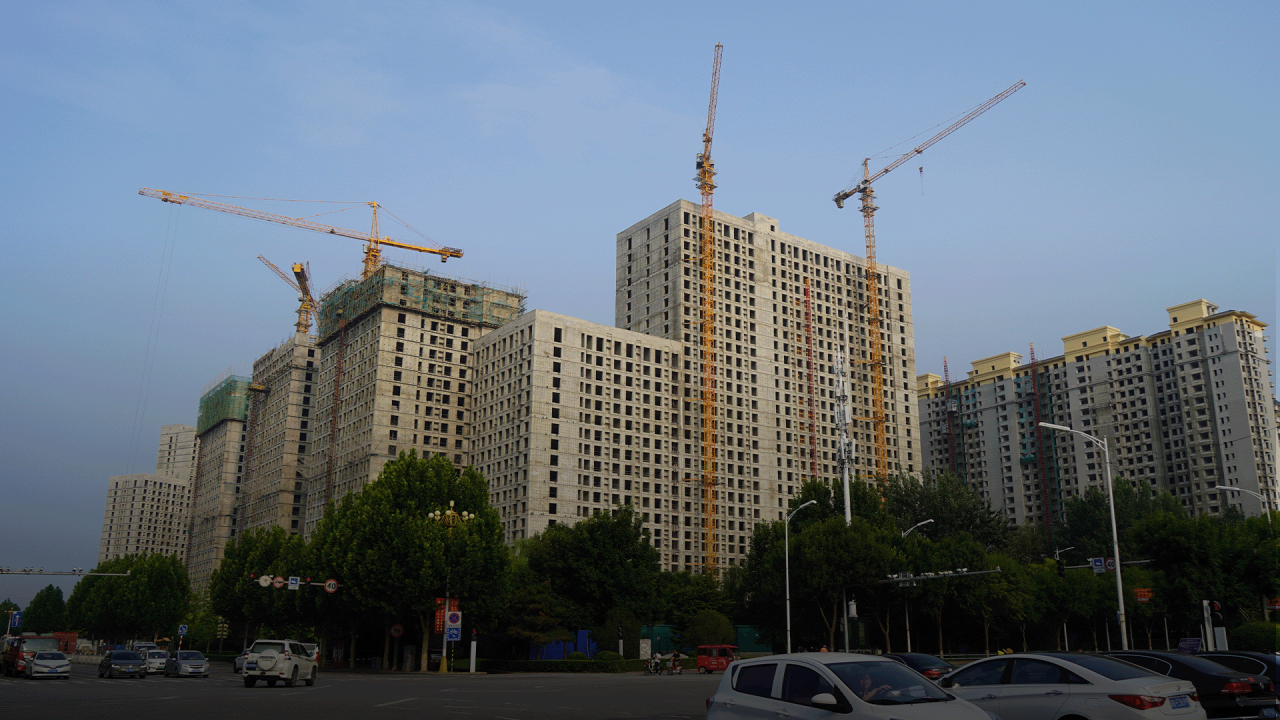Yet among the leading economies in the region, the performance gap between China and India is far and away the most palpable divergence in Asian real estate. That the region’s two biggest emerging markets, and the world’s most populous countries, are expected to play a bigger role in driving global growth in the next five years makes their diverging fortunes all the more striking.
In China, the housing crisis has damaged confidence to such an extent that the government has considered scrapping the discredited pre-sales model and forcing developers to offer only completed flats, mainly to restrict supply and help stabilise prices. Unfinished properties accounted for 90 per cent of new home sales when the crisis erupted in 2021.
While there were signs of green shoots earlier this year, the contraction in new and second-hand house prices is deepening again on a monthly basis. Meanwhile, real estate investment was down 10.7 per cent in the first five months of this year. In the commercial property sector, sentiment in mainland China is the most downbeat among the leading real estate markets in the Asia-Pacific, according to the results of a CBRE survey of leasing activity in the office, retail and industrial markets on June 12.
While Chinese equities – particularly Hong Kong-listed shares – are attracting more interest from global investors this year, partly because of a stronger willingness to diversify portfolios away from the United States, mainland China and Hong Kong are the least-preferred commercial property markets in the Asia-Pacific among cross-border investors.
In China’s office market, net take-up has collapsed since 2021 while supply has remained at pre-pandemic levels, leading to an acute imbalance that pushed up the average vacancy rate among 10 leading cities tracked by CBRE to 23.5 per cent in the first quarter of this year. In Shanghai and Beijing, vacancy rates are among the highest in the region while rents for grade A offices fell at the sharpest pace in the first quarter.


